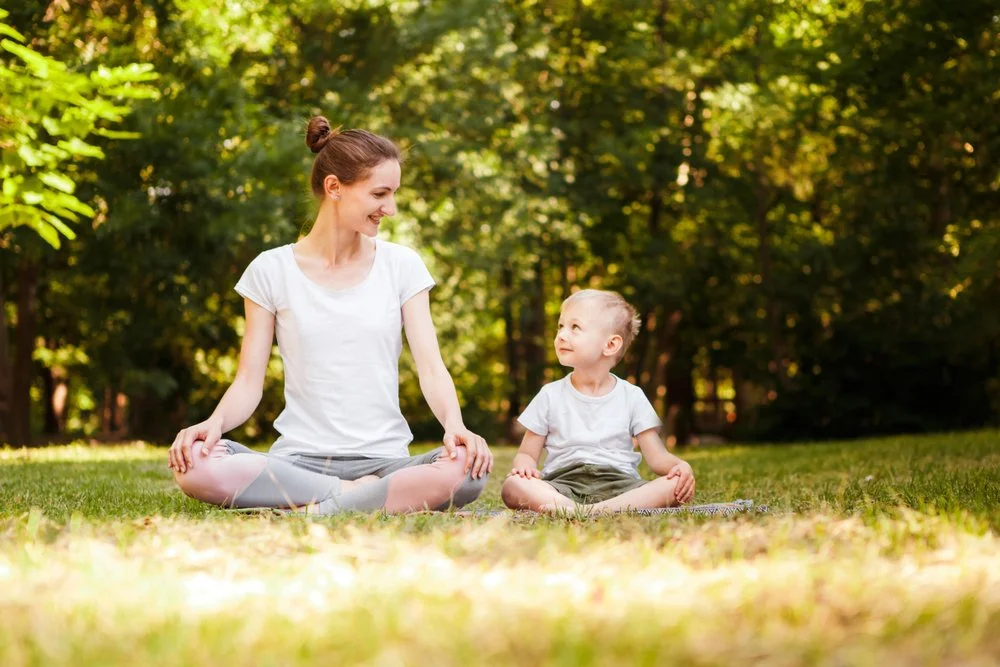Top 10 Essential Pool Safety Tips for Families
Author: Alex Huynen, Ph.D., LEP, Swim Instructor
As the weather warms up and our thoughts turn to fun-filled days by the pool, it's important to remember that safety should always come first. Whether you have a pool in your backyard or frequently visit public pools, ensuring the safety of your loved ones is crucial.Did you know that drowning is one of the leading causes of accidental death for children? These tragic accidents can happen in a matter of seconds, often silently, and to families just like yours.
But don't worry, we're here to help! By following a few simple yet essential safety tips, you can create a safe and enjoyable environment for everyone to splash around in.Our goal is to provide you with practical advice that you can easily implement to keep your family safe and sound by the water.So, let's dive in and explore the top 10 pool safety tips every parent should know!
Tip 1: Supervision is Key
When it comes to pool safety, nothing is more important than vigilant supervision. As parents, we know how quickly little ones can find themselves in potentially dangerous situations, and this is especially true around water. Drowning can occur in just a few seconds, and it often happens silently, without the splashing or noise you might expect.
Always Have a Designated Adult Supervisor
To ensure maximum safety, always have a designated adult responsible for watching the children whenever they are in or near the pool. This person should avoid distractions like phone calls, reading, or doing chores. It's crucial to maintain constant, undivided attention on the kids.
The "Water Watcher" System
Consider implementing a "water watcher" system where a specific adult wears a lanyard or holds a designated object, symbolizing their responsibility. This helps to avoid confusion and ensures that there is always someone clearly in charge of supervision.
Additional Tips for Effective Supervision:
Keep a phone close by for emergency use, but do not use it for anything else while supervising.
Make sure to frequently scan the pool area and count the children to ensure everyone is accounted for.
Avoid alcohol consumption while supervising, as it can impair your ability to respond quickly to emergencies.
Take breaks and rotate supervision duties with other responsible adults to stay alert.
Tip 2: Install Pool Fences and Alarms
A pool fence is one of the most effective ways to prevent unsupervised access to the pool. Ensure that the fence is at least four feet high and surrounds the pool completely. Gates should be self-closing and self-latching, with the latch out of reach of young children. Additionally, pool alarms can alert you if someone enters the pool area unexpectedly. Consider installing door alarms, gate alarms, and pool surface alarms for added protection.
Tip 3: Teach Kids to Swim
Swimming lessons are a valuable investment in your child's safety. Enroll your children in age-appropriate swim classes to help them become confident and capable swimmers. Look for certified instructors who focus on both swimming skills and water safety.Jump start swimmingoffers swim lessons with a focus on water safety to swimmers age 2 years and older. Even with lessons, remember that swimming ability varies, and supervision is always necessary.
Tip 4: Learn CPR and First Aid
In an emergency, knowing CPR and basic first aid can save a life. Take a CPR class and keep your certification up to date. Many organizations, such as theRed Cross orAmerican Heart Association, offer classes both in-person and online. Additionally, ensure that your first aid kit is stocked and accessible near the pool area.
Tip 5: Use Pool Covers
A pool cover can be an effective barrier when the pool is not in use. Make sure to use a cover that fits securely and meets safety standards. Automatic covers are especially convenient and can be easily operated with the push of a button. Always remove the cover completely before swimming to prevent entrapment.
Tip 6: Establish Pool Rules
Creating and enforcing pool rules helps maintain a safe environment. Common rules include:
No running near the pool
No diving in shallow water
Always swim with a buddy
Keep toys away from the pool when not in use
Post these rules in a visible area and review them regularly with your children and guests.
Tip 7: Keep Pool Area Clear of Hazards
A clutter-free pool area reduces the risk of accidents. Remove toys, floats, and cleaning equipment from the pool deck when not in use. Ensure that electrical appliances are kept at a safe distance from the water. Additionally, provide a dry, non-slip area for entering and exiting the pool.
Tip 8: Use Proper Safety Equipment
Having the right safety equipment on hand can make a big difference in an emergency. Essential items include:
Life vests for non-swimmers and young children
Reaching poles or shepherd’s hooks
Ring buoys or throw ropes
Make sure everyone knows where these items are stored and how to use them properly.
Tip 9: Be Aware of Weather Conditions
Weather can change rapidly, and it's important to stay informed about potential hazards. Thunderstorms, strong winds, and extreme temperatures can all pose risks. If you hear thunder or see lightning, clear the pool immediately and seek shelter indoors. Wait at least 30 minutes after the last thunderclap before returning to the water.
Tip 10: Regular Pool Maintenance
Keeping your pool clean and well-maintained is not only essential for hygiene but also for safety. Regularly check the pool’s chemical levels to ensure the water is safe to swim in. Inspect and maintain pool drains and covers to prevent entrapment hazards. Keeping your pool equipment in good working order helps prevent accidents and injuries.
By implementing these 10 essential pool safety tips, you can create a safe and enjoyable swimming environment for your family. Remember, safety is a continuous effort that involves everyone’s participation. Share these tips with your loved ones and encourage them to stay vigilant.












